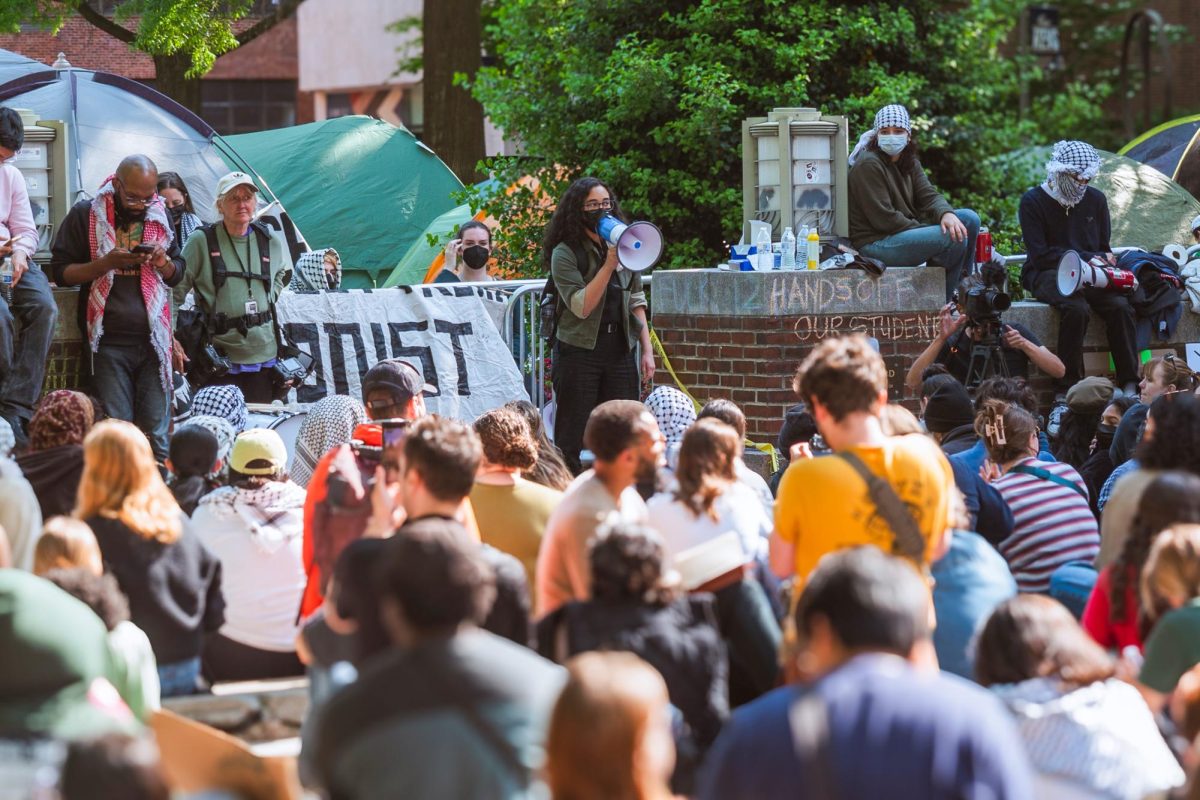Students have another place to tap away on their iPhones, BlackBerrys and other cell phones – inside the Metro.
As of 5:30 a.m. Friday, Metrorail riders can receive calls, texts and access the Internet at the 20 busiest Metro stations, including the Foggy Bottom station.
Before Friday, only people with Verizon Wireless had service on the Metro. Now all the other major providers – AT&T, T-Mobile and Sprint Nextel – will have service on the Metro as well.
The wireless connection was extended to the platforms of stations, but service is still spotty inside the tunnels.
Coverage at the remaining 27 Metro stations and the entire system will be ready by October 2012, according to a Metro press release.
Neither the city nor Metro is paying for this expansion of cell phone coverage; the extended coverage is being paid for entirely by the cell phone companies.
The contract that the wireless network providers made with Metro is expected to generate $52 million over the course of 25 years.
Since 1994 only Verizon Wireless has had a contract with Metro, and now the carrier has agreed to share the connection with the other providers.
Friday afternoon, passengers at the Foggy Bottom station had noticed a difference.
“I have AT&T. I just noticed now that I can call from the platform, and I couldn’t do that before,” said Nicole White, a frequent Metro commuter, as she was getting off her cell phone.
Sydney Carnevole commutes between the Foggy Bottom and Vienna stations often and could see a difference in the behavior of her fellow commuters.
“I’ve noticed a lot more people texting while they’re waiting on the platform,” she said.
Dan Shapula, a daily commuter between the Foggy Bottom and Springfield stations, has AT&T cell phone service.
“I usually have OK service. It is sometimes spotty; it works about 80 percent of the time,” he said.
Other Federal Communications Commission (FCC) licensed and unlicensed wireless network providers will be able to join the system currently being implemented.
Providers will be able to join as long as they are granted permission from Metro.







